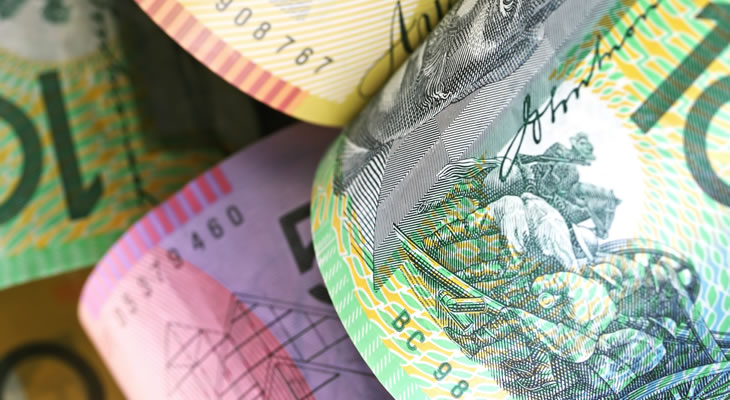The Australian Dollar to Pound exchange rate slipped further from its weekly highs on Friday afternoon as the Pound gained momentum before European markets closed for the week.
As a result of its Friday drops, AUD GBP ended the week much closer to its opening levels and trended very closely to the level of 0.61.
However, investors may sell the Pound from its highs in order to take profit before next week’s key ecostats come in.
[Published 10:10 BST 31/03/2017]
After a quiet few weeks for Australian ecostats, next week will see the publication of a few key datasets that could give the Australian Dollar to Pound exchange rate reason to move.
A lack of supportive Australian data has left the ‘Aussie’ to react to shifts in risk-sentiment and global market trends over the past five days. Despite this, AUD GBP was able to advance slightly last week and looked to end close to the level of 0.61.
Demand for risk-correlated currencies like the Australian Dollar improved over the last week, as investors bought risky currencies up from lows following a selloff. Prices of key commodities also improved after plunging in the previous week, which bolstered commodity-correlated currencies.
Prices of iron ore advanced as Chinese iron ore futures surged earlier in the week, but reversed this trend again on Thursday and Friday.
Some analysts predict there is more trouble ahead for the commodity. Li Xinchuang, vice-president of China Iron and Steel Association, believes that iron ore prices could plunge later in 2017 as a supply glut of the commodity weighs on prices.
However, analysts at ANZ believe that (in the short-term at least) the recent weakness in iron ore is temporary. This is largely due to stable demand for the commodity in Australia and China. ANZ believes concerns of a potential iron ore inventory glut are overdone.
Investors will be closely watching iron ore prices in the coming weeks to see which forecasts will be more accurate. Next week’s domestic data could also alter the Australian Dollar outlook.
Monday will see the publication of Australia’s manufacturing index results from AiG for March, as well as February retail sales figures.
Tuesday will be the most important day of the week for AUD GBP traders however, as Australia’s February trade balance data will be published and the Reserve Bank of Australia (RBA) will hold its April policy decision.
In its most recent minutes report, the RBA warned over the health of Australia’s housing market. If the tone of the RBA has worsened since the last meeting, the Australian Dollar could easily lose some ground against the Pound.
Other key Australian data due next week includes services and construction PMIs from AiG.
The Pound has been an unpredictable rival for the Australian Dollar in recent weeks. While the Brexit process has officially begun, the Pound has performed better than some analysts expected due to the friendly tone taken by UK and EU officials following the activation of Article 50.
While UK data has been mixed, the Pound’s outlook could improve next week if March’s PMI stats from Markit beat expectations and indicate that Britain’s economy is still performing well.
Analysts have expressed concern that following a strong second half of 2016, the UK economy will slow right down as the Brexit process begins due to consumers not being able to keep up with rising inflation.
At the time of writing this article, the Australian Dollar to Pound exchange rate trended in the region of 0.61. The Pound to Australian Dollar exchange rate traded at around 1.62.


Comments are closed.